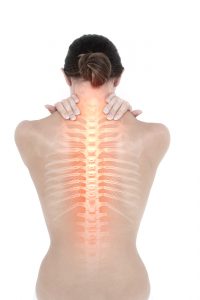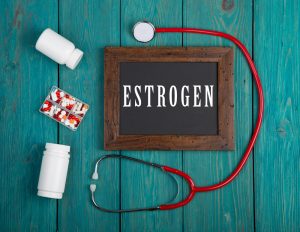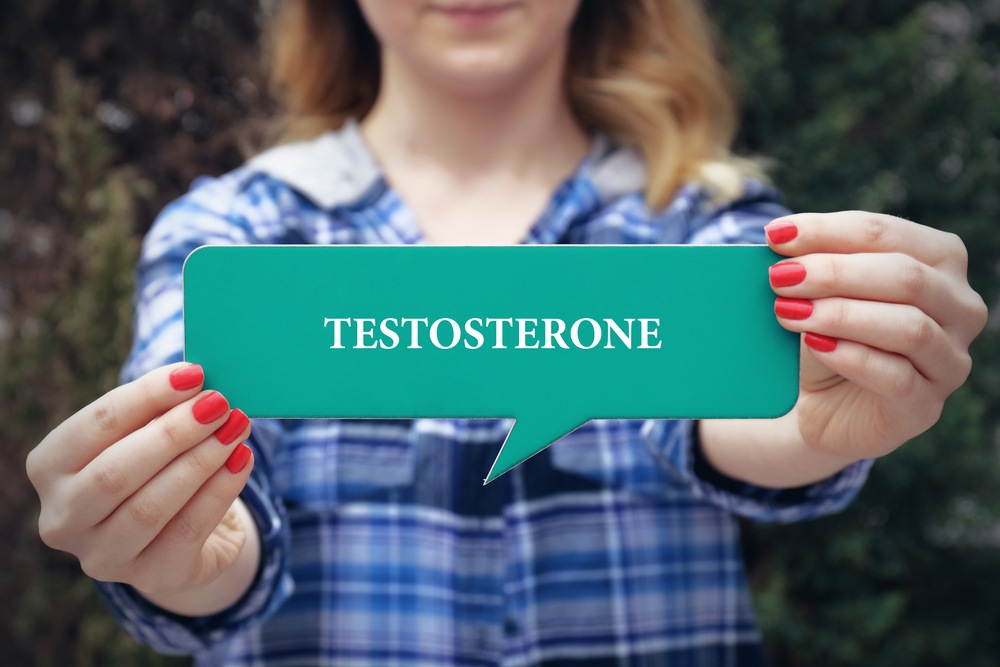Did you know that women have testosterone too? However, unlike men, women’s testosterone levels come in smaller quantities, and are produced in the ovaries and the adrenal glands. They are among the many essential hormones in keeping female sex drive, energy levels, and mood high, and in the efficient performance of various bodily functions.
What are the functions of testosterone in women?
- It helps boost libido
In men, testosterone is known for helping keep libido or sexual desire high. In women, it has a similar function, ensuring that getting aroused and having sexual fantasies and thoughts occur to keep their sex lives satisfying and pleasurable.
- It improves brain health
A study that focused on the effects of testosterone on women’s brain health found that women who had higher testosterone levels in their bodies were able to perform better in spatial and mathematical related problem-solving tasks than those who manifested lower T levels. In addition, older female participants with Alzheimer’s disease were found to have lower testosterone and estrogen levels than average.

- It promotes healthy bone growth and development
Having just the right amount of testosterone in the body is important in growing and developing bones that are strong and healthy. If a woman’s T levels are too low or too high, she will be at risk of various bone complications, such as low bone density and osteoporosis.
- It facilitates the production of new blood cells
The primary function of red blood cells is to transport oxygen to the different tissues in the body in exchange for carbon dioxide (or CO2), which is sent to and gotten rid of by the lungs. If you cannot produce enough new blood cells, you become at high risk of infections and diseases that can severely damage your vital organs.
- It boosts reproductive functions
Testosterone can improve a woman’s reproductive health by enhancing the functions of follicle-stimulating hormones, which are essential in the growth and development of the ovaries, egg cells, and others.
What dangers are associated with low testosterone levels in women?
Usually, women start to experience a gradual decrease in their testosterone levels between 20 years old and 40 years old. Some of the things that commonly occur once a woman’s testosterone levels dip are:
Muscle weakness
Because testosterone is vital to the formation and growth of strong and healthy muscles, a lack of it can result to muscle loss and increased odds of muscle problems, including muscle atrophy, Lou Gehrig’s disease, and sarcopenia.
Depression
Having low T levels in the body can mess up one’s psychological functions. Because of it, the brain loses the ability to produce enough of those happy hormones, and falling into depression and experiencing more stress and anxiety becomes very likely.
Poor sexual satisfaction
As a woman’s testosterone levels decrease with age, her sex drive may see a decline. Getting aroused during sexual encounters may happen less and less often, and having a fun and enjoyable time in bed, achieving orgasms, and others may not come as easily as before.
Low energy levels
Because their muscles and bones may have started to waste away, their mental health may have worsened, or their sexual desire may not be as intense as it used to, women may lose interest in doing activities that they used to enjoy due to a decrease in their testosterone levels.
Why do some women have low testosterone levels?
There are many possible causes of low T levels in women. Some of the most common are:
- Impaired adrenal functions
The adrenal glands are responsible for producing hormones that are important in the maintenance of blood pressure, metabolism, reproductive system, and immune functions. If they are damaged, they are unable to produce sufficient testosterone and other hormones, and increase risk of high blood pressure, bone and muscle weakness, skin problems, poor mental health, slow growth rate in children, and high blood glucose levels.
- Early menopause
Menopause is a stage in a woman’s life when her ovaries stop releasing eggs. It usually occurs between the ages of 45 years and 55 years, and, sometimes, even in the 30s or early 40s. If a woman experiences menopause before she reaches 45 years, she has early menopause. During menopause, the ovaries become less capable of releasing hormones, resulting to lower testosterone, estrogen, and progesterone levels.
- Estrogen therapy

Some women take estrogen therapy to boost their estrogen levels, especially once they reach menopause. The treatment can reduce night sweats, hot flashes, vaginal thinning, vaginal dryness, and other menopause symptoms. However, it can cause a decrease in testosterone levels, and trigger various side effects, such as nausea, bloating, headaches, leg cramps, indigestion, increased body fat, and weight gain.
- Hypopituitarism
This is a medical disorder characterized by the failure of the pituitary gland to produce hormones, including testosterone, which are vital in various bodily functions. It can be caused by tumors in the pituitary gland, brain, or hypothalamus, or other diseases, such as stroke or tuberculosis.
How is low testosterone in women diagnosed?
The common signs and symptoms of low testosterone in women are quite similar to other diseases’, so solely relying on them for diagnosis is not recommended. You should visit a doctor to get precise and accurate findings.
Usually, medical professionals require a blood test to test for testosterone levels, whether in men or in women.
For a normal testosterone level, a woman should have between 15 nanograms per deciliter and 70 nanograms per deciliter. If a woman is 49 years old or younger, she should have a testosterone level of not less than 25 nanograms per deciliter. If she is 50 years old or older, she should have a testosterone level of not less than 20 nanograms per deciliter.
A lot of times, doctors have trouble detecting low T levels in women because women’s hormone levels fluctuate all the time. So, for reliable test results, the recommended time to get a testosterone level test is around one to three weeks after the first day of her menstrual period.







